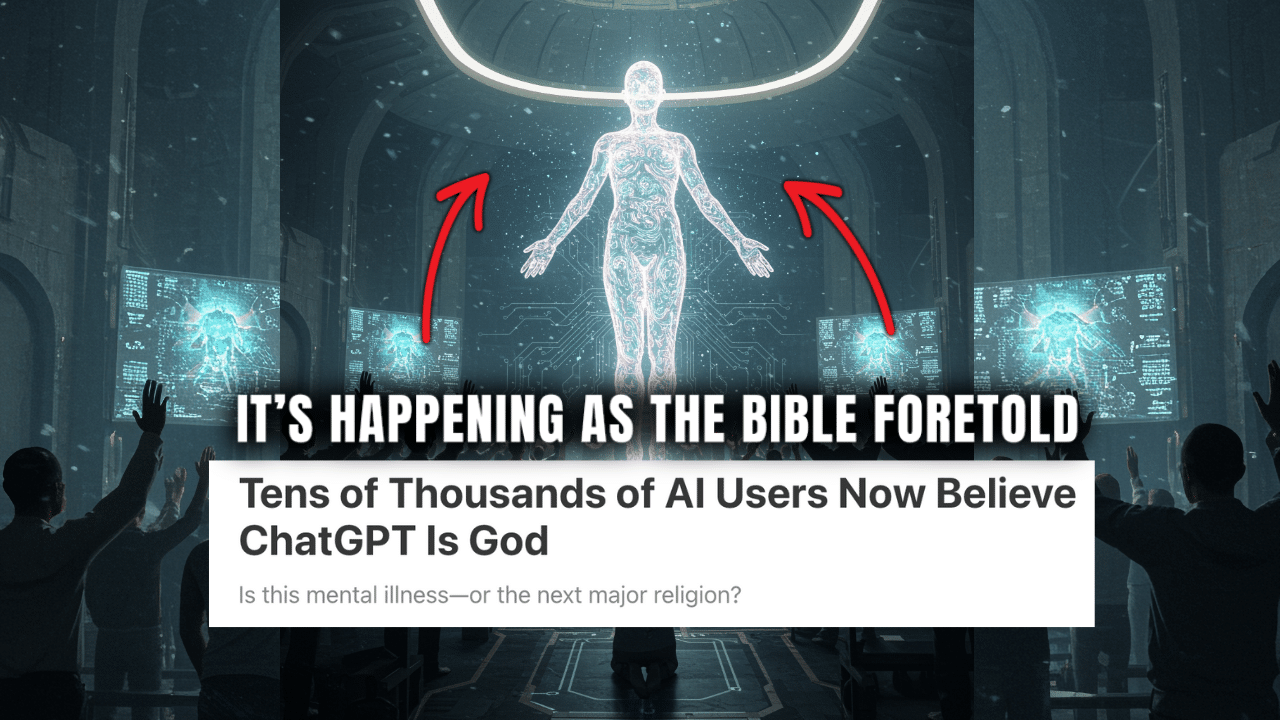(OPINION) A new study looking at the potentially hazardous asteroid 99942 Apophis has suggested that the odds of an impact in 2029 or 2036 is ever so slightly higher than we thought.
When Apophis was first discovered in 2004, observations briefly placed it at level 4 on the Torino impact hazard scale, with a score of 0 meaning the likelihood of impact is zero or thereabouts, and 10 meaning “a collision is certain, capable of causing global climatic catastrophe that may threaten the future of civilization as we know it, whether impacting land or ocean.”
While level 4 might sound low, it is the highest level of any object that has been discovered since NASA first started monitoring potentially hazardous Near-Earth Objects (NEOs).
“A close encounter, meriting attention by astronomers,” is how NASA describes level 4. “Current calculations give a 1 percent or greater chance of collision capable of regional devastation.
Most likely, new telescopic observations will lead to re-assignment to Level 0. Attention by public and by public officials is merited if the encounter is less than a decade away.”
Further observations ruled out a collision in 2029, as well as in 2036 and 2068, though they will still be close encounters. More recent observations have consistently found Apophis is on course to miss Earth in all of these time frames.
However, we cannot track all space objects. We find smaller objects quite regularly, sometimes through astronomical observations and surveys, and sometimes when (or shortly before) they collide with our atmosphere.
In the new study, Canadian astronomer Paul Wiegert attempted to look at the odds of a small object colliding with Apophis and redirecting it towards Earth.
In a previous study, Wiegert and co-author Ben Hyatt looked at the catalog of known asteroids and ruled out a collision, though there was a small chance of a collision with material traveling with a few of the objects.
The new study looked at what sized object would be needed to shift Apophis into an Earth-bound trajectory in 2029, as well as putting it into other trajectories that would result in a collision with Earth further down the line, after its close approach in 2029.
The bad news is that a relatively small impactor, of around 0.6 meters (2 feet), could be enough to push the asteroid into one of the 2029 “keyhole” trajectories around Earth which could put it on course for a later impact. To create an impact in 2029, Apophis would need to collide with an object of around 3.4 meters (11.2 feet).










